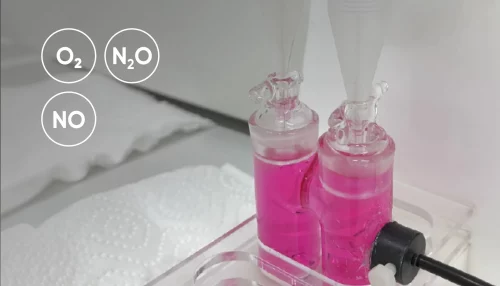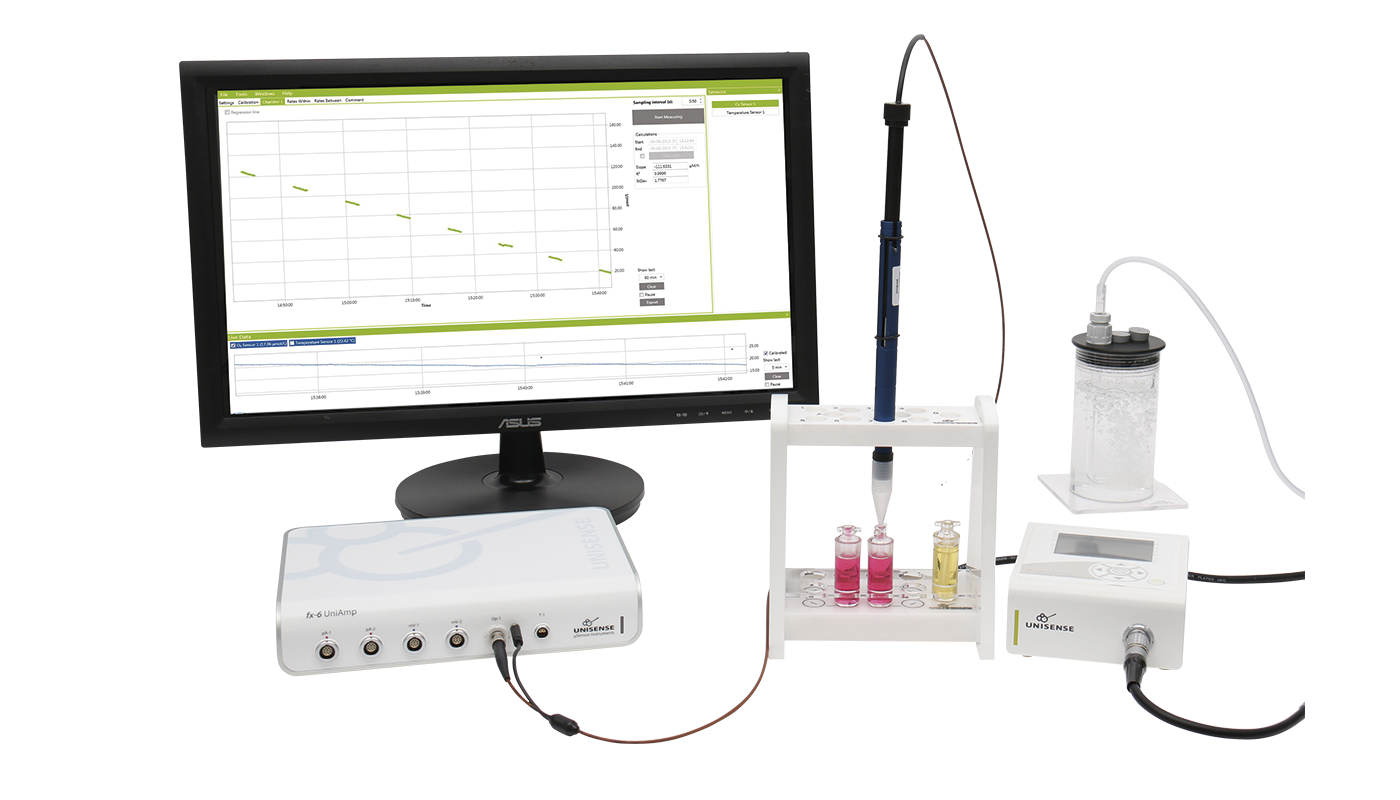
MicroRespiration System
The MicroRespiration System is an excellent tool to measure minute analyte changes in closed chambers. This could be respiration rates of phytoplankton, H2S production in macrophages, or pH changes in bacterial suspensions. Read more...
Sensor measurements in sealed systems
The two central features of the MicroRespiration System are gas tight glass chambers and protected microsensor.
The MicroRespiration System offers
- Measurement of two analytes simultaneously
- Oxygen MicroOptode sensor with automatic temperature compensation
- View metabolic rates online and in real time
- Sealed chambers in pressure equilibrium with environment
- All materials in contact with sample are autoclavable
- Protected stirring of fragile samples
- Excellent for teaching purpose
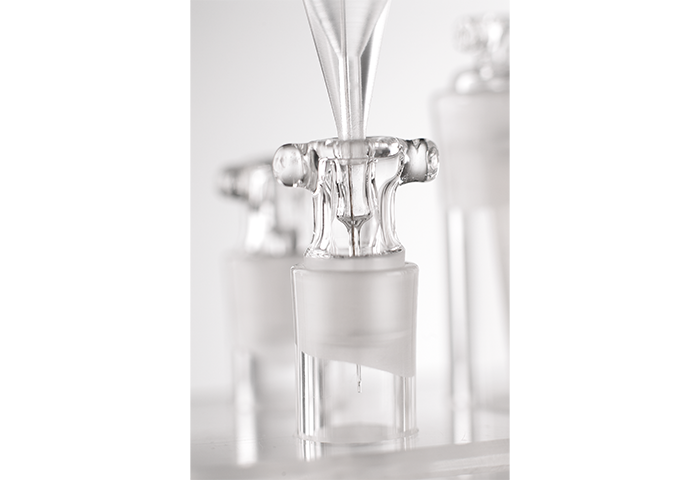
MicroRespiration Chambers
The glass chambers are designed to be completely sealed when immersed in water or sealed with oil. Samples are placed in the chambers and the analyte concentrations are measured through a thin capillary in the chamber lids with the MicroRespiration microsensor. The chambers are made in volumes from 400 µL to 40 mL, and you can have double chambers for measurement of two analytes simultaneously.
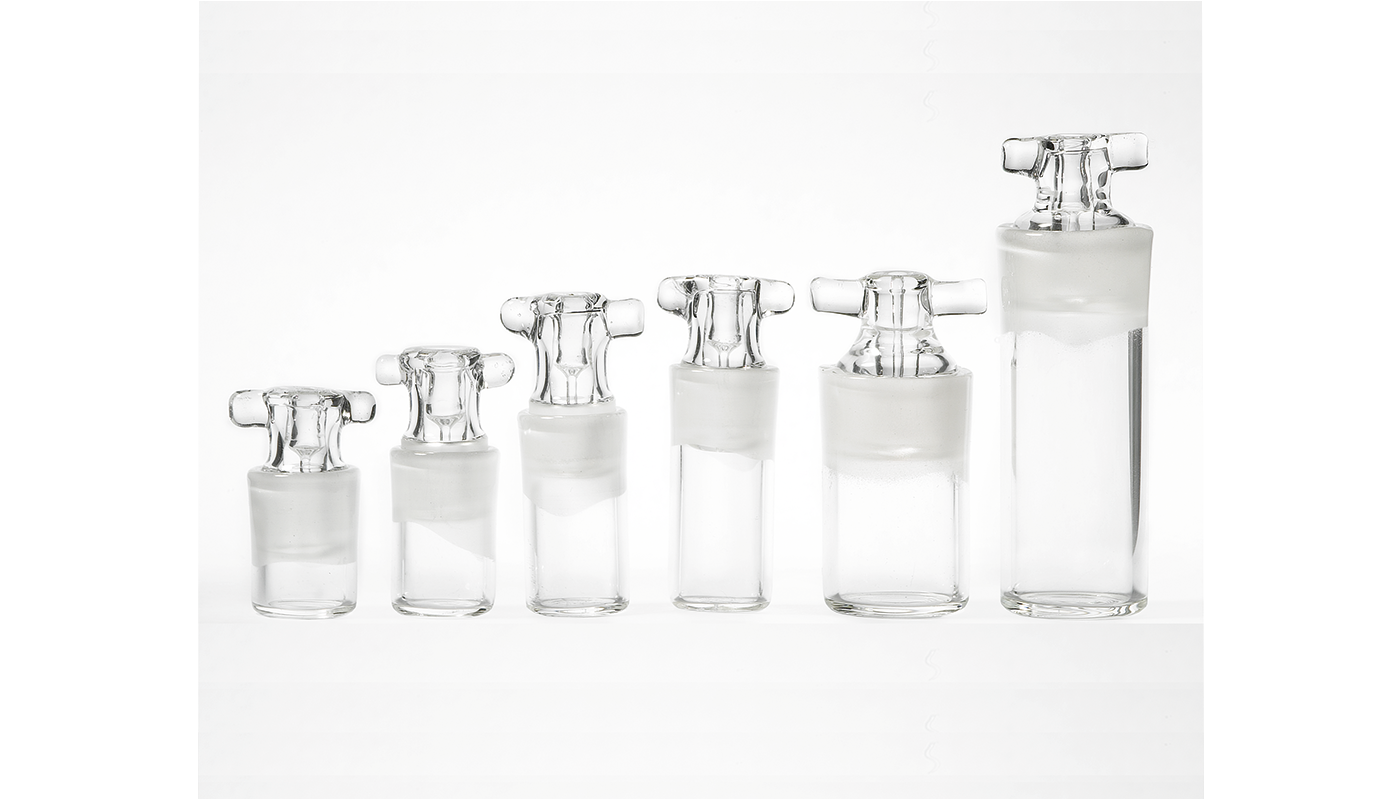
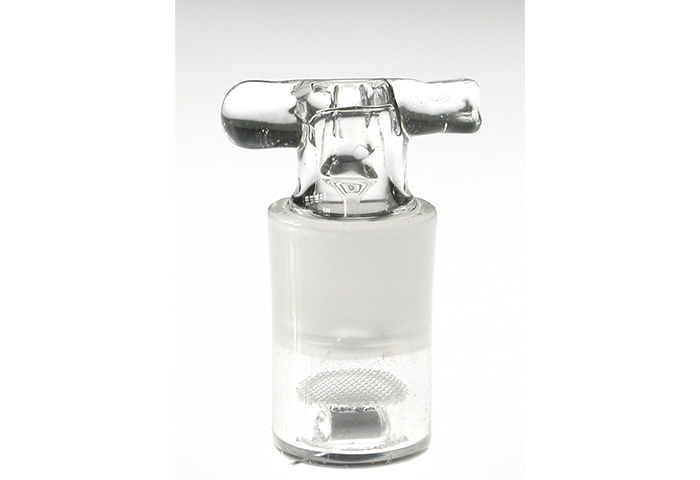
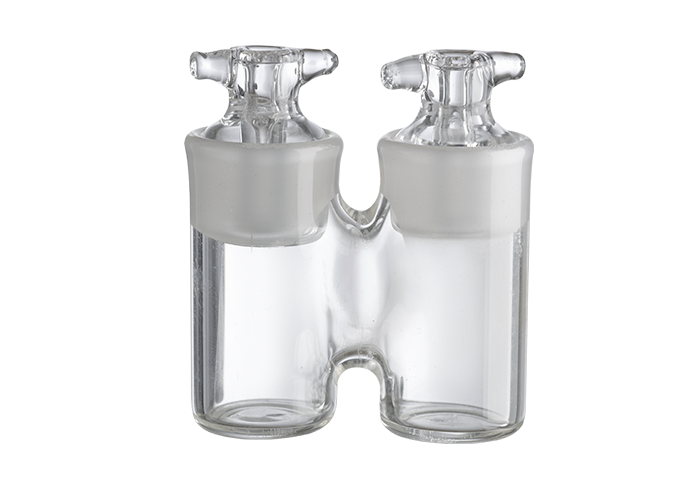
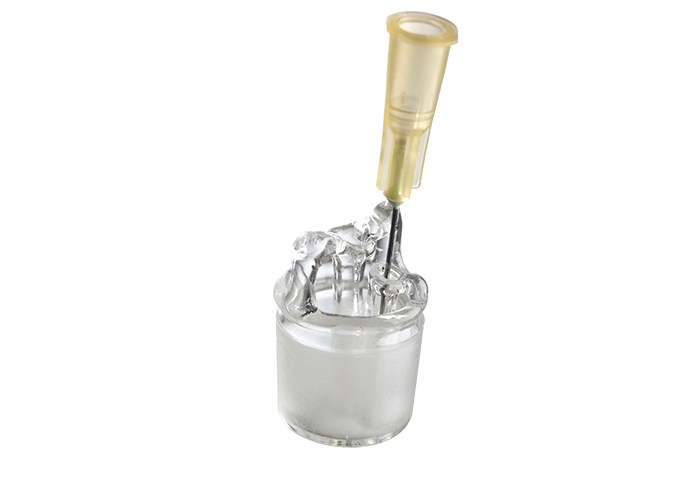
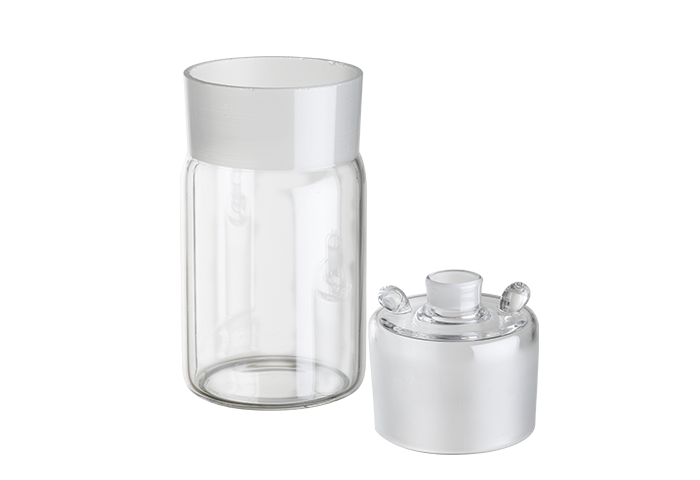
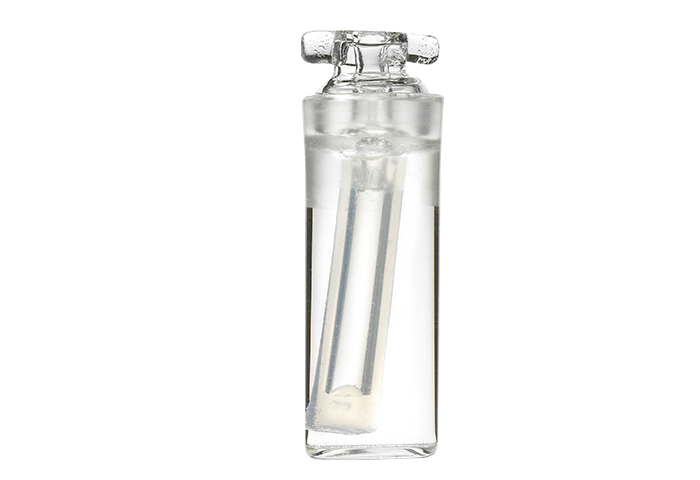
MicroRespiration Microsensors
The MicroRespiration microsensors have insignificant analyte consumption and a very low detection limit that allows for detection of minute concentration changes in the chambers. With the aluminum guide to protect the microsensor, you can be sure to correctly insert the microsensor through the capillary.
Microsensor Amplifier
With the Unisense Amplifier portfolio, you can choose any MicroRespiration microsensors for either single analyte or multiple analyte studies.
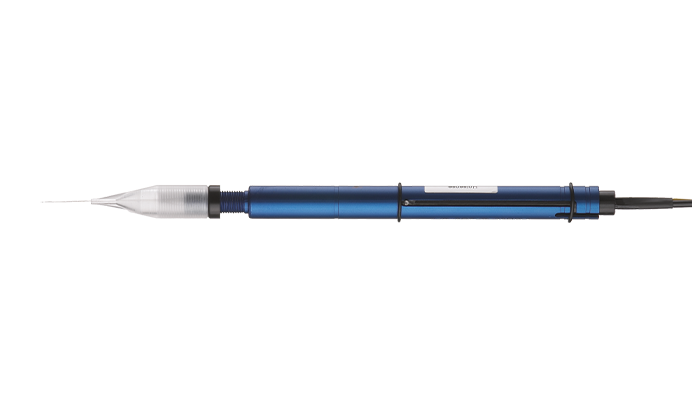
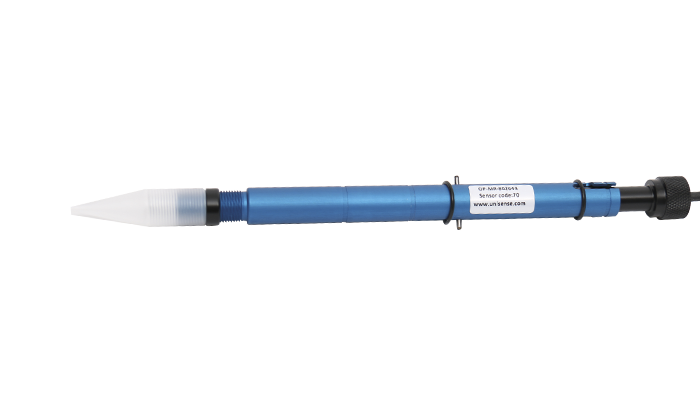
MicroRespiration Setup
The aluminum guide fits perfectly into the MicroRespiration Rack, which can hold up to eight chambers. The MicroRespiration Rack guides the microsensor directly into the chambers making the MicroRespiration System easy to use and excellent for teaching purposes. The MicroRespiration Rack has separate stirring of the chambers ensuring homogeneity in the samples. Even fragile samples can be stirred due to a metal net separating the sample from the magnet.
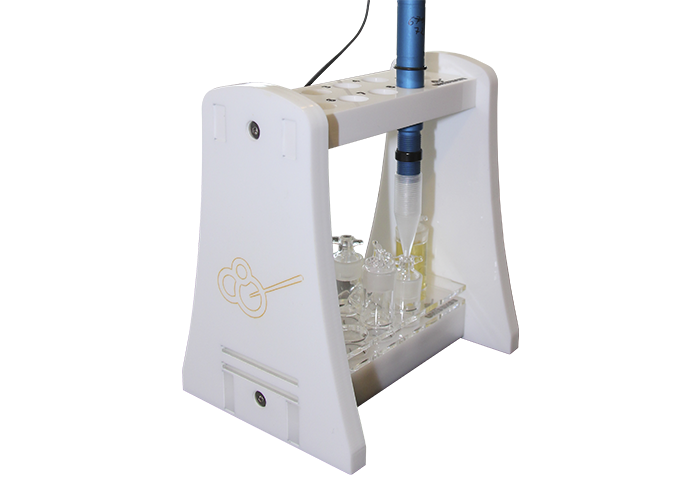
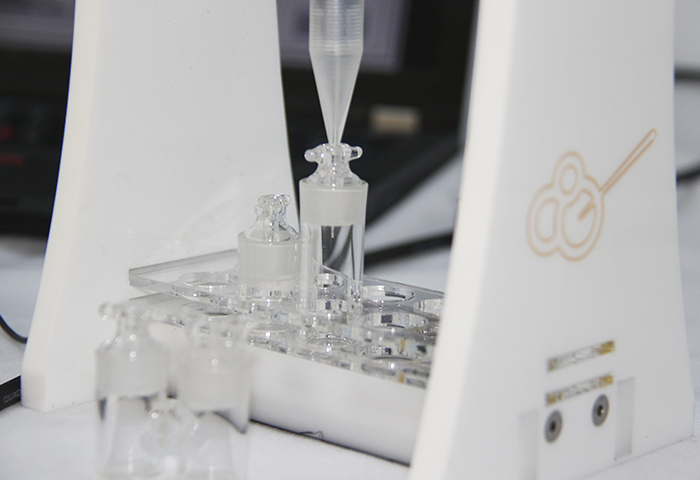
SensorTrace Rate
The matching software SensorTrace Rate provides real-time and online PC inspection of data and enables measurement and calculation of analyte respiration and metabolism rates in several samples simultaneously. This software makes it possible for you to measure and analyze multiple analytes and multiple samples.
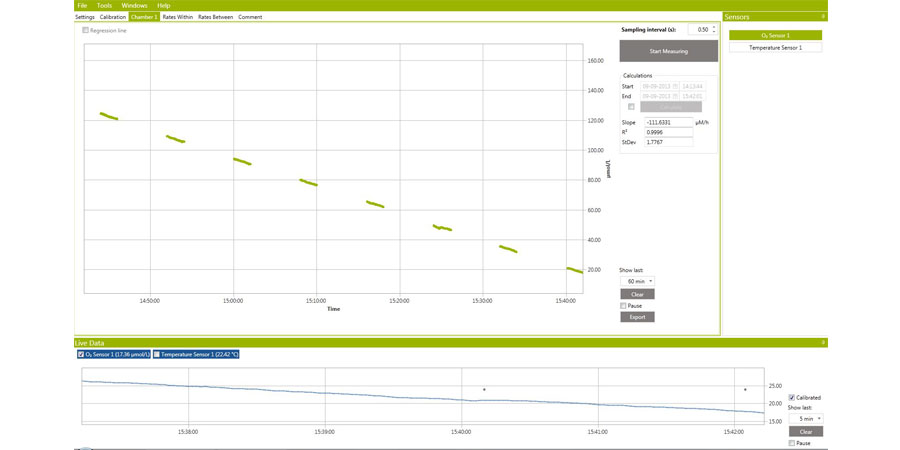
Demonstration of the MicroRespiration System
Dr. Line Daugaard, Product Manager at Unisense, gives you a brief introduction to the components of the MicroRespiration System followed by a live demonstration of setting up the MicroRespiration System, calibrating the MR sensor and recording rates including a demonstration of the software.

| System components | Product |
|---|---|
|
System components
Sensor
|
Product
All Unisense MR-Sensors and Electrodes
|
|
System components
Amplifier
|
Product
Opto-F1 | Opto-F4 | UniAmp Multi-Channel | UniAmp Single-Channel
|
|
System components
MicroRespiration Chambers
|
Product
MR-Ch Small (400-4000 µL) | MR-Ch Medium (40 mL)
|
|
System components
Other MR-Chambers
|
Product
MR-Ch 0-calibration (zero calibration) | MR-Ch double port (for two sensors)
|
|
System components
Software
|
Product
Software Suite including Rate Software
|
|
System components
Rack
|
Product
MR2-Rack (for 8 MR-chambers)
|
|
System components
Stirring
|
Product
MR2-CO (Stirrer controller) | Magnets (Set of 4 glass magnets)
|
|
System components
Calibration Chamber
|
Product
CAL300
|
Text Guides
Quick Enquiry
Related products
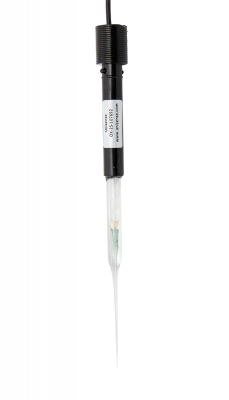
High performance oxygen microsensor
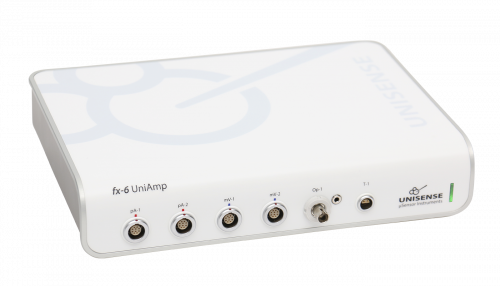
UniAmp Multi Channel for all Unisense sensors and electrodes including optical sensors
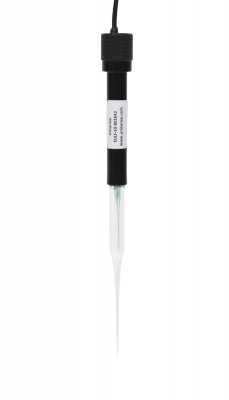
Detect hydrogen sulfide in your sample
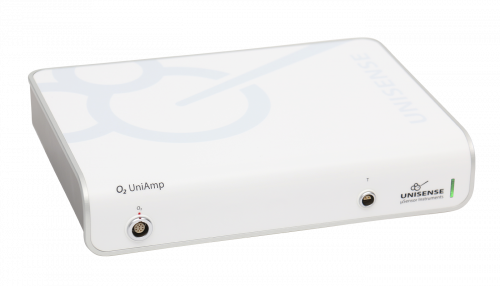
Economic amplifier portfolio for single analytes - O2, pH/mV, H2, N2O or H2S
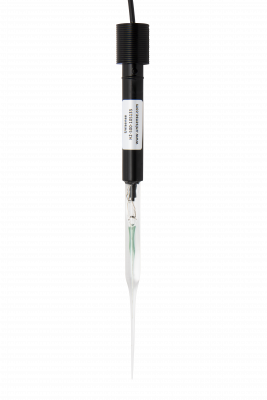
Highly sensitive hydrogen sensor for gas and liquid measurements
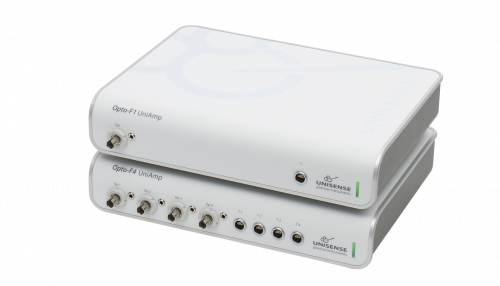
Optode meter for accurate quantification
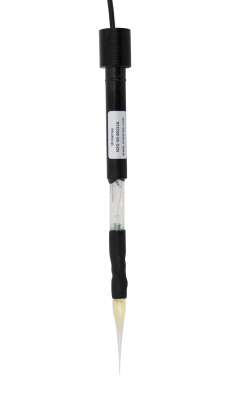
Measure dissolved and gaseous nitrous oxide
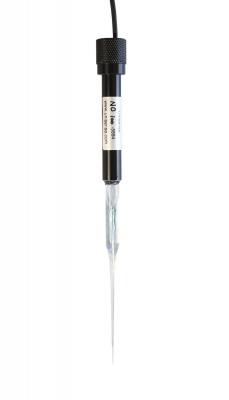
Measure minute concentrations of nitric oxide
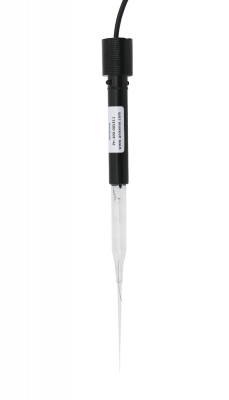
Miniaturized pH electrode
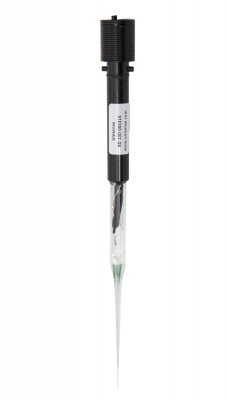
Measure redox potential in microenvironments
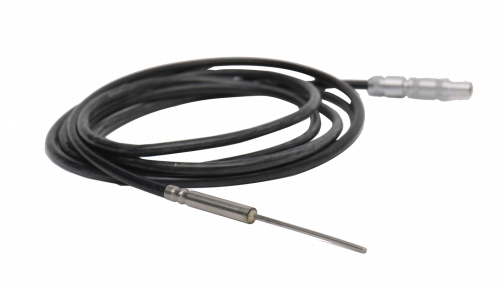
Monitor temperature in your sample

Measure and calculate respiration and metabolism rates

